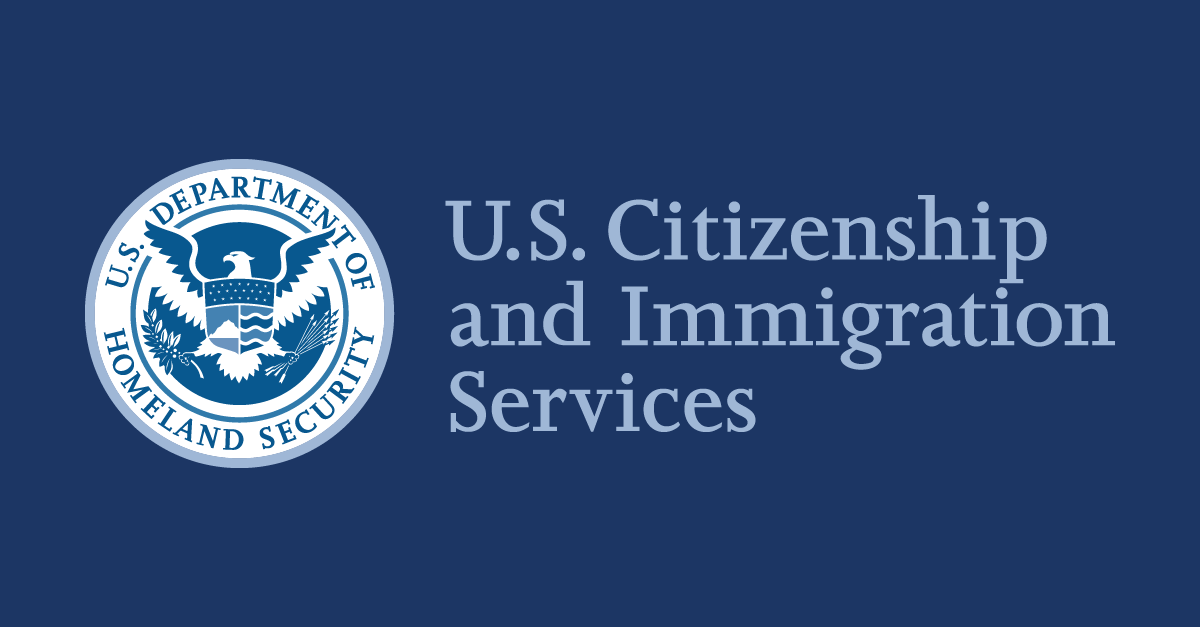Sm1smom
Super Moderator
1. The documents you send in with your AOS package should not be stapled together.Hi,
I have started collecting my adjustment of status documents. I am an international student. Some documents need to be translated into English and notarized. In my country, translation and notarial certification are stapling to the copy of the document. I read on some websites that stapling the documents for the AOS package is not recommended. Also, my i-20 is stapled by the university. Indeed, I can remove it or print my new i-20 but I can't remove staples from the documents that came from my country because they were kind of sewn with thread and there is a certification stamp on them. If I do that, I will damage the notary's approval. Do you think that sending these documents with staples might be a problem?
Besides, my birth certificate isn't in the same alphabet we have now in my country. When I was born, the transition to the Latin alphabet was newly approved and some organizations still used the old one. Therefore, the document is not in the Latin alphabet but it should have been in Latin. I have translated it into English and notarized it. In that period, because of inadequate government resources, the paper works weren't good. The birth certificates were printed in dark colors. That's why the photocopy of them is not too readable. Can these lead to a problem in my application?
Thanks a lot for your time and your assistance!
2. You should not be submitting the original version of your documents. You submit clear legible copies and plan on taking the original along to your interview when you get to that stage.
3. Check the reciprocity page (link below) to confirm your birth certificate is the long form version required for US immigration and that it is issued by the official custodian of birth records in your country of birth. What you have may probably not meet the US immigration requirement.



